How to Grow Sage |
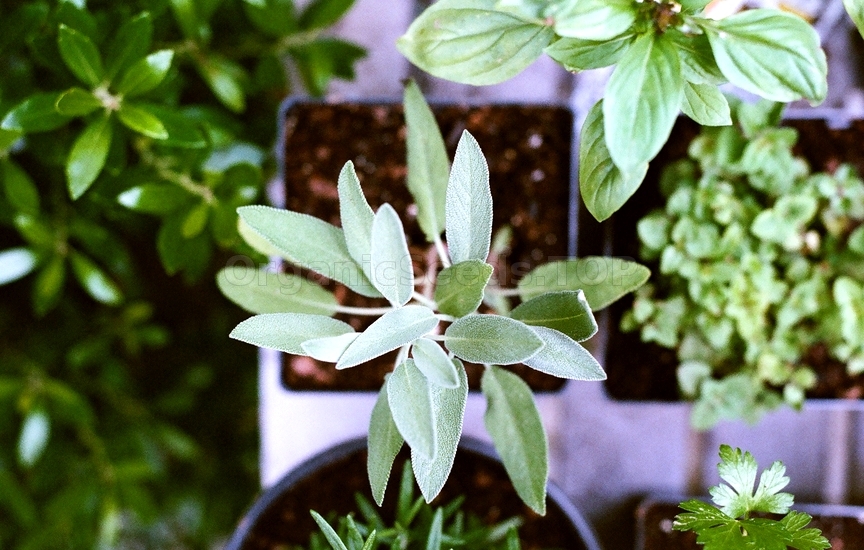 Sage (Salvia officinalis) is a hardy perennial (in zones 5 to 9) that tastes aromatic and slightly bitter. It is easy to grow, only having three major requirements - plenty of sunshine, good drainage and good air circulation. Sage grows well in a variety of climates, and it can survive in temperatures as low as zero degrees Fahrenheit. It looks pleasant in the garden and grows pretty purple, pink, blue or white flowers in summer. When harvested and dried, it can be used as a stuffing for poultry, rabbit, pork, and baked fish, and can also be used in sausage or meat loaves. Learn how to grow sage so that you will always have some on hand. Growing Sage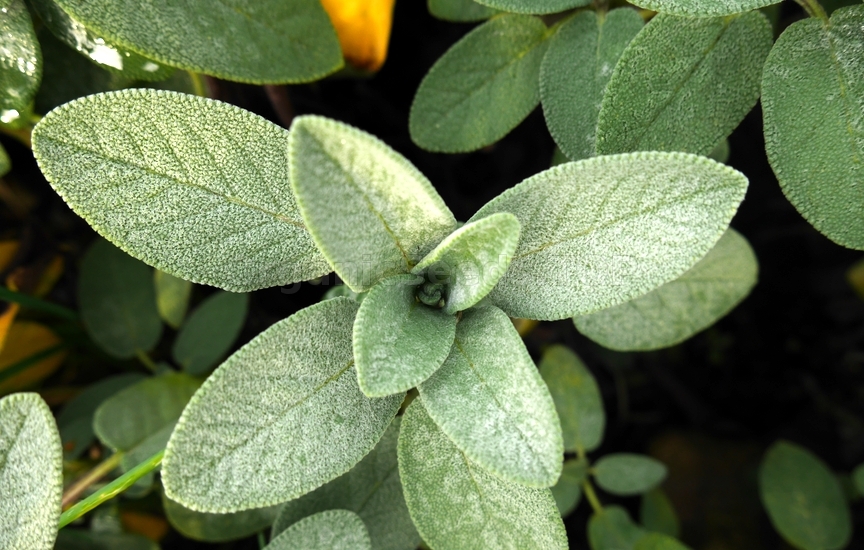 1. Buy sage seeds or a sage plant
You can begin growing sage using several methods. If you've never had sage before, you can either plant fresh sage seeds(which can be temperamental) or purchase a small plant from the garden center and transplant it into your garden or a clay pot.
2. Prepare the soil Sage grows well in rich clay loam that drains well and is rich in nitrogen. It prefers soil with a pH of 6.0 to 6.5.
3. Plant the sage After prepping your soil, you can plant the sage either in pots or in the ground. You can either plant sage plants or plant seeds.
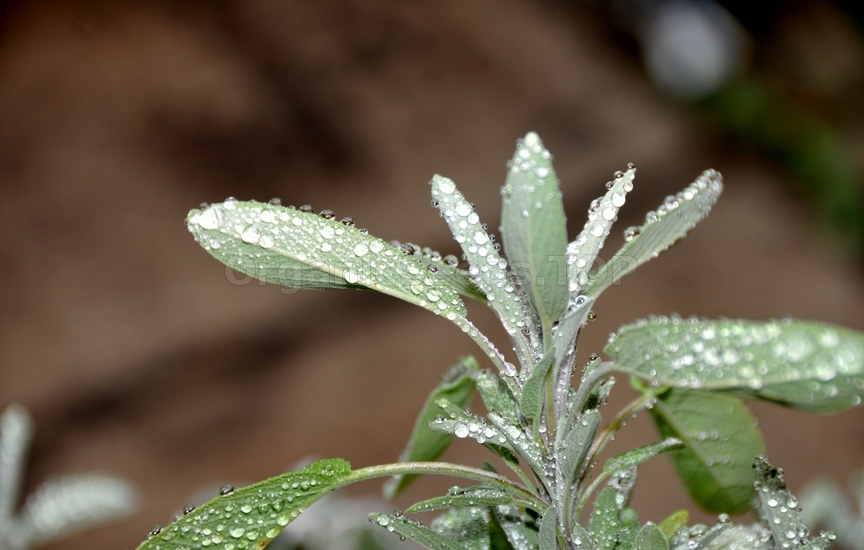 4. Go easy with watering When the sage plants are small, you should mist them with water to keep the soil moist.
5. Provide adequate sunlight Ideally, sage plants should grow in full sun, but they will also survive in light shade in hotter areas.
Maintaining Sage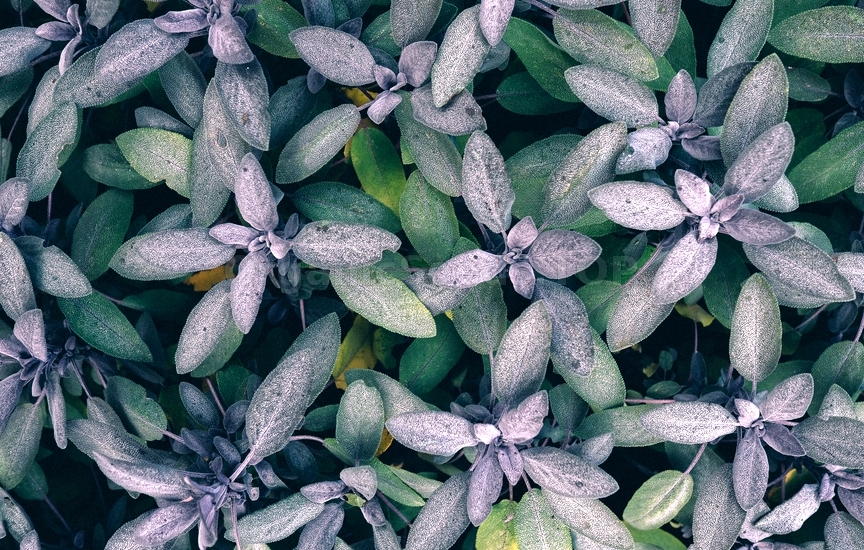 1. Prune the sage in early spring
Prune the older, woodier stems in early spring, after the danger of freezing is past but before new growth has really begun. Prune each stem by about a third. 2. Prevent mildew Mildew is one of the only problems sage-growers have to deal with. You can avoid it by watching the plants carefully during hot, humid weather and by thinning the plants regularly to increase air circulation.
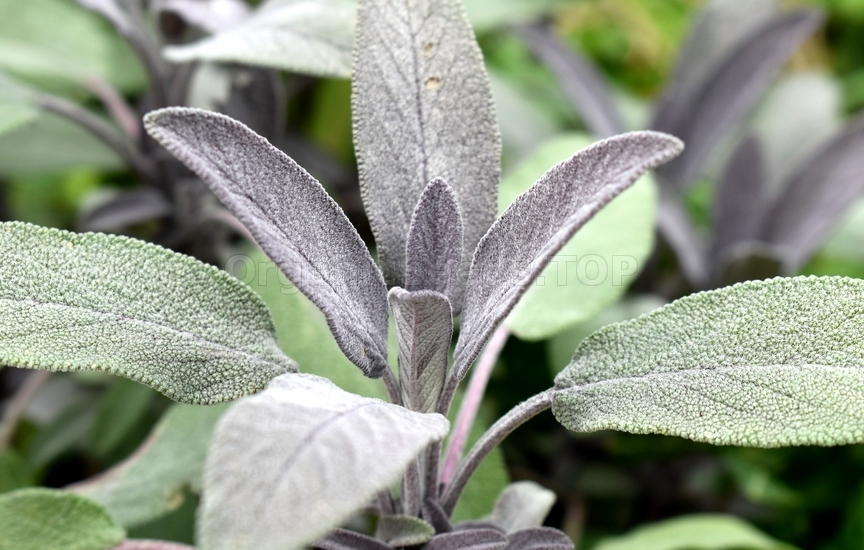 3. Control pests Sage is usually not a target for pests, but sometimes it will be affected by spider mites, thrips, and Spittlebugs. If you notice any pests, try using an organic pesticide (like pyrethrum) or an insecticidal soap to keep them under control. 4. Replace the plant every three to five years After about three to five years, the sage plant will become woody and straggly and will need to be replaced. You can either start again with a new plant or seed, or use the old plant for cuttings or layering.
Harvesting Sage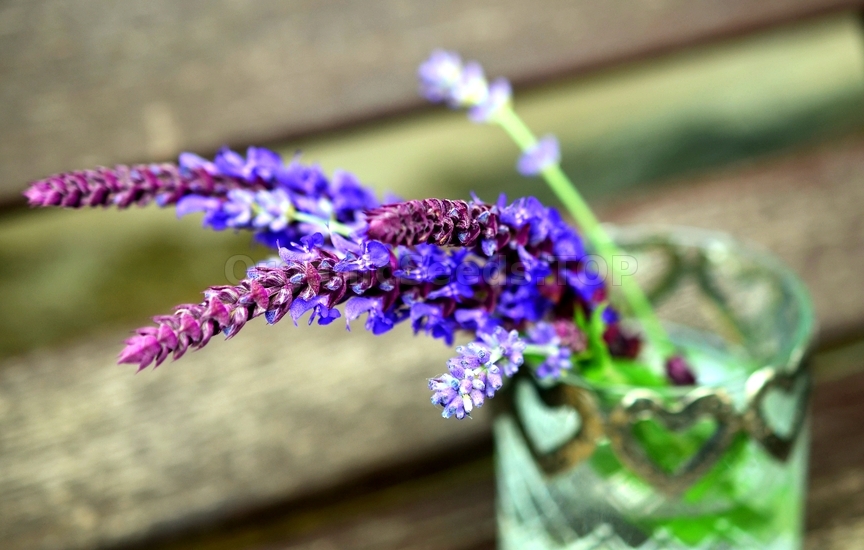 1. Harvest the sage Harvest the sage lightly during the first year, picking off leaves as you need them.
2. Dry the sage Sage is one of the few herbs that develops a stronger flavor when dried. However, it needs to be dried quickly to avoid developing a musty taste.
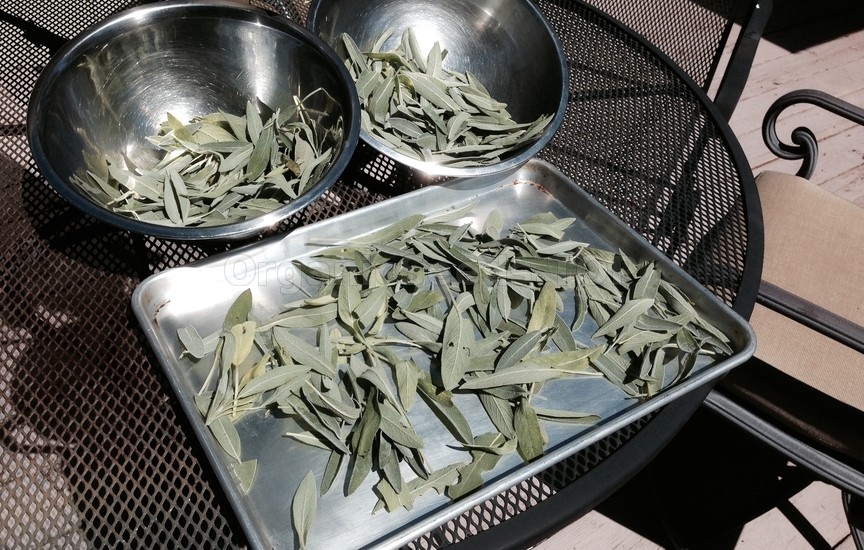 3. Use the sage In addition to being used as an aromatic herb in cooking, sage can also be used in potpourri and soap. Here are some things you can do with sage:
You may need:«Greek» - Organic Garden Sage SeedsAll Sage SeedsCULINARY HERBSMEDICINAL HERBSHERB SEEDS |
|
|
